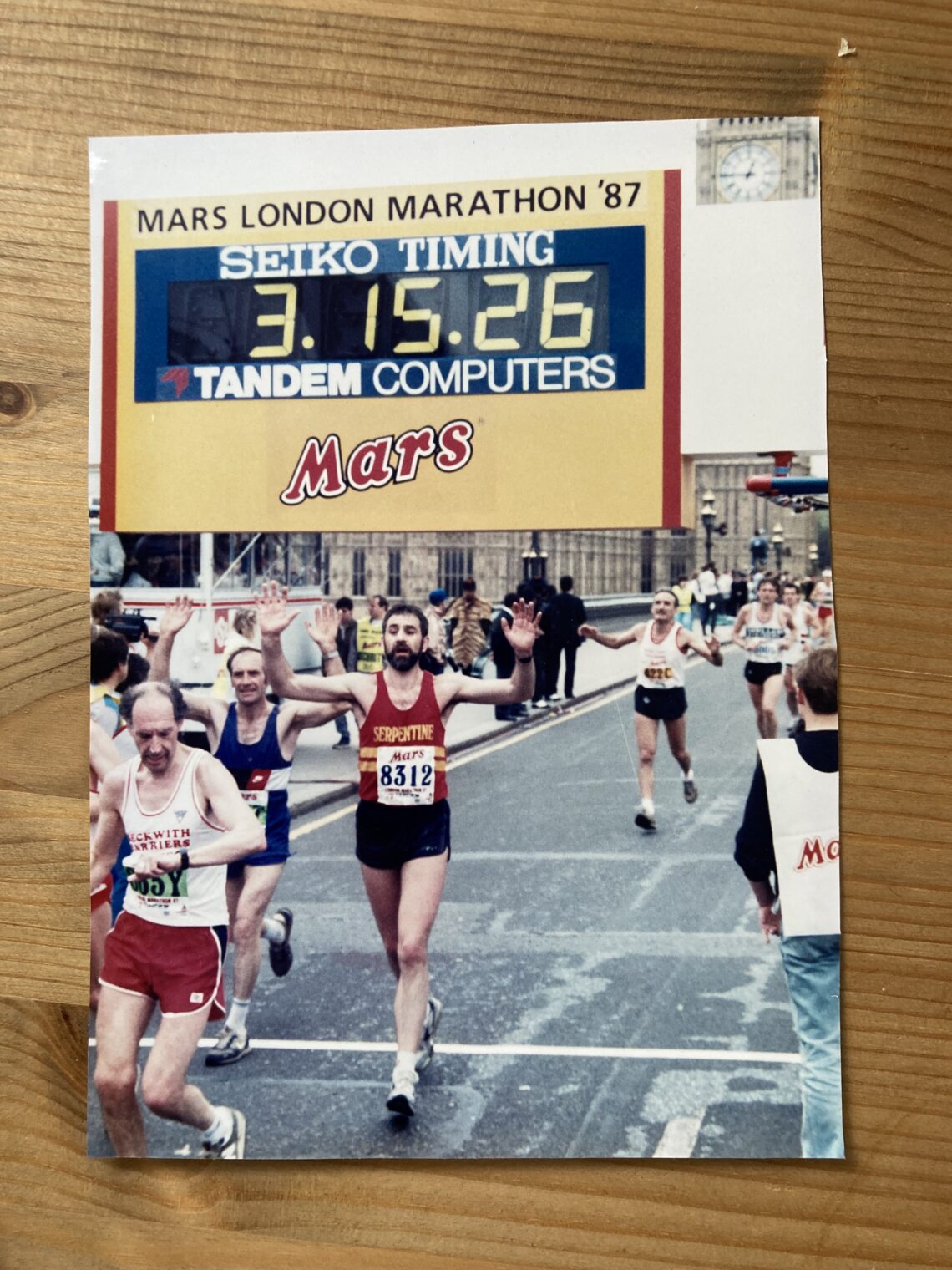
Endurance Runner’s Ultimate Training Plans: For Better Performance
A Marathon/Endurance Interval Workout Plan is designed with specific objectives to optimize a runner’s performance, focusing on building endurance, speed, and stamina for long-distance races. The thinking behind such a plan involves a combination of physiological, psychological, and strategic aspects that target the runner’s ability to maintain a strong pace over the duration of the race. Here’s a breakdown of the key principles and goals:
1. Improving Aerobic Capacity (Endurance)
- Aerobic base development: Running a marathon is primarily an aerobic activity. Interval workouts help runners increase their VO2 max (the maximum amount of oxygen their body can use), which enhances their overall endurance. By alternating between hard efforts and recovery periods, runners can push their bodies just beyond their comfort zones, forcing adaptation and improvement in oxygen efficiency.
- Longer intervals at marathon pace: Incorporating intervals at or near marathon race pace helps runners become more efficient at the specific pace they aim to maintain during the race. This helps them internalize their race pace and trains the body to sustain that effort over long distances.
2. Building Lactate Threshold (Speed-Endurance)
- Increased tolerance to lactic acid: High-intensity intervals that push runners just above their lactate threshold (the point where lactic acid builds up faster than the body can clear it) help improve the body’s ability to manage fatigue. This means runners can sustain higher speeds for longer periods without slowing down.
- Mixing threshold and tempo intervals: Including intervals at threshold or slightly above tempo pace teaches the body to clear lactate more efficiently, allowing the runner to hold a faster pace for a longer time.
3. Muscular Strength and Power (Economy)
- Strengthening running muscles: Interval workouts that include faster, shorter repetitions (like 400m or 800m intervals) enhance muscular endurance and help runners become more efficient. This efficiency translates into better running economy, which means using less energy to run at the same pace.
- Hill intervals: Often included in marathon plans, hill repeats strengthen muscles used in running, particularly the glutes, hamstrings, and calves. These are essential for sustaining good form in the later miles of a marathon.
4. Mental Toughness and Focus
- Training the mind for discomfort: Marathon interval workouts often push runners into uncomfortable zones, helping them develop mental toughness. Enduring these difficult phases in training prepares runners for the inevitable mental challenges they’ll face during a marathon, such as fatigue, discomfort, and the desire to slow down.
- Simulating race-day scenarios: Interval workouts mimic race-day fatigue, requiring runners to maintain focus and effort despite growing tired. This mental training is crucial for managing the “wall” that many runners hit in the later stages of a marathon.
5. Recovery and Adaptation
- Balancing work and recovery: Interval workouts are highly intense, but the inclusion of recovery periods between intervals allows the body to reset before being pushed again. This approach helps reduce the risk of injury and ensures the body can adapt properly to the stress it’s placed under.
- Periodization: In a marathon training plan, interval workouts are strategically placed to ensure that they enhance performance without overloading the body. These sessions are usually followed by easy recovery runs or rest days, allowing for muscle recovery and adaptation.
6. Pacing Strategies
- Training to control pacing: A well-designed interval plan often includes variations in interval distance and pace to teach runners how to control their pacing. For marathoners, knowing how to conserve energy and gradually build up speed can be crucial for race-day success.
- Negative splits practice: Intervals with increasing pace towards the end can simulate the practice of running a negative split (running the second half of the race faster than the first), which is often considered an optimal marathon strategy.
7. Variety in Workouts (Preventing Plateau)
- Different interval lengths: Mixing up short, fast intervals with longer, more moderate intervals prevents stagnation and keeps the body adapting. It also provides variety to prevent mental burnout.
- Avoiding monotony: Endurance interval workouts provide an engaging challenge compared to traditional long, steady-state runs, keeping motivation high and preventing training plateaus.
Example Components of a Marathon Interval Workout Plan:
- Short Intervals (200m–800m): Focused on speed and leg turnover.
- Longer Intervals (1 mile or more): Simulates marathon pacing and builds stamina at race pace.
- Threshold Intervals (20-30 minutes at tempo pace): Targets lactate threshold to improve speed endurance.
- Recovery Intervals (1:1 or 1:2 work-to-rest ratio): Ensures recovery while allowing the body to keep adapting to higher-intensity work.
- Long Intervals at Marathon Pace: Helps lock in the race-day pace and builds mental and physical stamina to sustain effort over 26.2 miles.
In Summary:
The thinking behind a marathon/endurance interval workout plan revolves around strategically pushing the body to improve its ability to run longer and faster by balancing high-intensity work with adequate recovery. It develops cardiovascular fitness, muscular strength, pacing control, and mental resilience, all of which are necessary for peak performance in a marathon.
#livealifetodiefor #SussexCancerFund #LymphomaCancer #itsrogerx
**I am excited to share the captivating story of my extraordinary journey with you.




